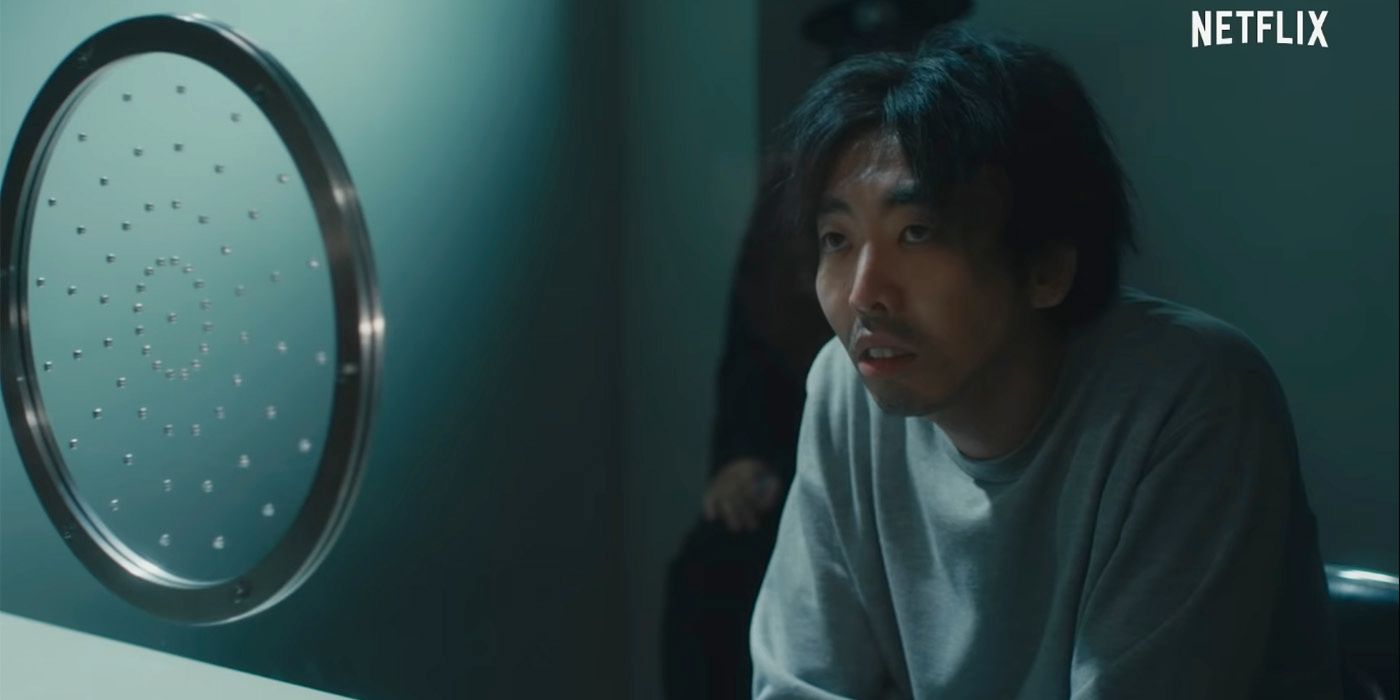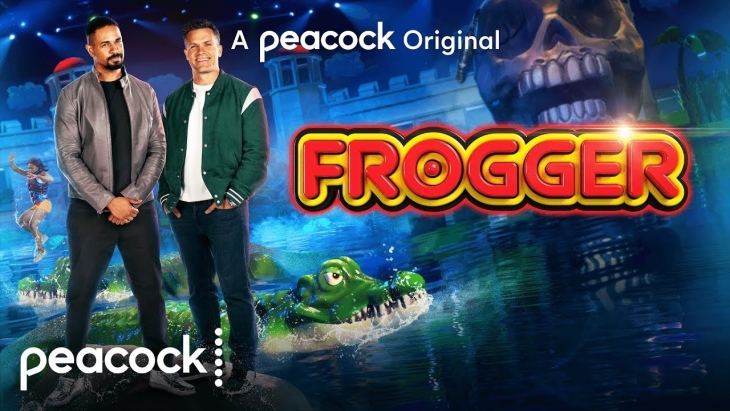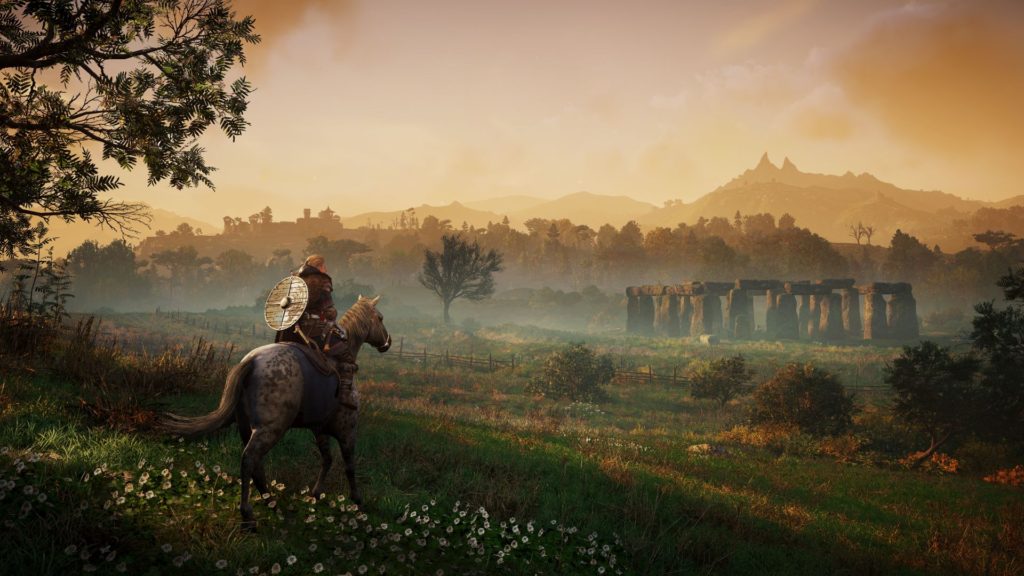The 2020 reboot of The Grudge fell flat in a wide variety of ways. From aesthetic to scares, the film fails to deliver in basically every department. The film is yet another American adaptation of the long-running Grudge series, but the 2020 attempt at the story fails to understand large portions of what kept the concept in fans' hearts for so long.
This most recent retelling of the familiar ghost story underwent a troubled production, first announced in 2011 and undergoing rewrites, cast additions, and reshoots through 2019. An earlier draft of the script claimed to abandon the entirety of the previous films' mythology in favor of new threats and concepts, but despite this script never making it to film, the released version still misses much of the original franchise's charm.
RELATED: Chucky's Back In The New Trailer For SyFy's Child's Play Revival
Ju-on: The Grudge released in Japan in 2002. Directed by Takashi Shimizu, it is the first theatrically released film in the venerable franchise. The plot is a simple ghost story, based loosely on an ancient Japanese myth. A man named Takeo murders his wife Kayako and young son Toshio in a jealous rage, causing them to return to the land of the living as vengeful spirits. They execute Takeo swiftly thereafter and the home they died in is forever cursed with the spirits of the murdered family. The curse spreads anytime anyone enters the home, follows them after they leave, infects the place they're eventually killed, and spreads from there.

The film emerged alongside a new wave of Japanese horror in the early 2000s spawned from the success of Ring. The Grudge stood out and became the primary competitor to Ring, and that distinct iconography resulted in a series of American remakes. There was a trilogy of American Grudge films, all of which were directed by Shimizu, but produced by American studios. The plot and structure are nearly identical: a series of intersecting subplots surrounding the ever-expanding victims list of Kayako and Toshio. The first American remake became the first horror film in years to top a Halloween release window, all on a very low budget. The sequel also did well, but the third in the American trilogy was only released to video.
Shortly after the release of the third American Grudge, plans were set into motion to reinvent the franchise. This process hit several snags, keeping the film in production for nearly a decade before release. The final product was critically panned but was fairly successful. Among the American released entries in the franchise, the most recent film had the second-best return on investment. The 2020 film did not deviate substantially from the narrative framing or mythology, but was notably different in aesthetic.
The earlier Grudge films stand out from the horror of their day by keeping their aesthetic clean and almost hauntingly banal. Bright white walls and clear water are common visual cues, and most of the horror takes place in a normal house. In a world where the default standard for horror was visceral gore and torture, a film where the atmosphere is oppressively grim yet the setting is almost quaint is unique. The first American Grudge released one week before Saw, and beat it at the box office. The unique presentation of The Grudge was ruined in the 2020 iteration, which relied on done-to-death gore and easy jump scares.

The importance of a unique aesthetic cannot be overstated. Films like The Grudge live or die on their cultural impact, the impression that they leave on fans and new audiences alike. The awful truth is that all of the Grudge films have been reviewed fairly poorly, not one of them crosses 50% on Rotten Tomatoes. The 2020 film is not even the worst-reviewed entry; that honor goes to The Grudge 2. The Japanese original reaches the dizzying heights of 62%, but the American films generally sold well and reviewed poorly. Despite the negative critical reception, the films are household names, usually mentioned in the same breath as the much better-received Ring series. How could a film franchise that is so often panned by critics and audiences remain successful and iconic? And how did the 2020 remake get it wrong?
The Grudge has attained a level of cultural reverence that extends far beyond the movies, which is why filmmakers keep trying to make it work. The setup and plot are essentially identical from one film to the next, yet they manage to stand out, even when the Japanese ghost girl horror concept is common. What The Grudge did well was the juxtaposition between clean aesthetic and ethereal horror, haunting suspense, and an oppressive atmosphere of overwhelming gloom. The 2020 film gave this up for dull gore, easy jump scares, and an aimless attempt to bring back a franchise without its spirit.
The Grudge has survived bad movies before, so it's less than likely that fans have seen the last of Kayako and Toshio, but the 2020 entry into the franchise squandered a ton of opportunity. Filmmakers of the future can hopefully learn from the mistakes of this film and create a haunted house story that, like the original, will span generations.
MORE: Is This Shot-For-Shot Horror Remake Bad Or Just Pointless?

